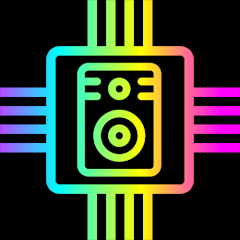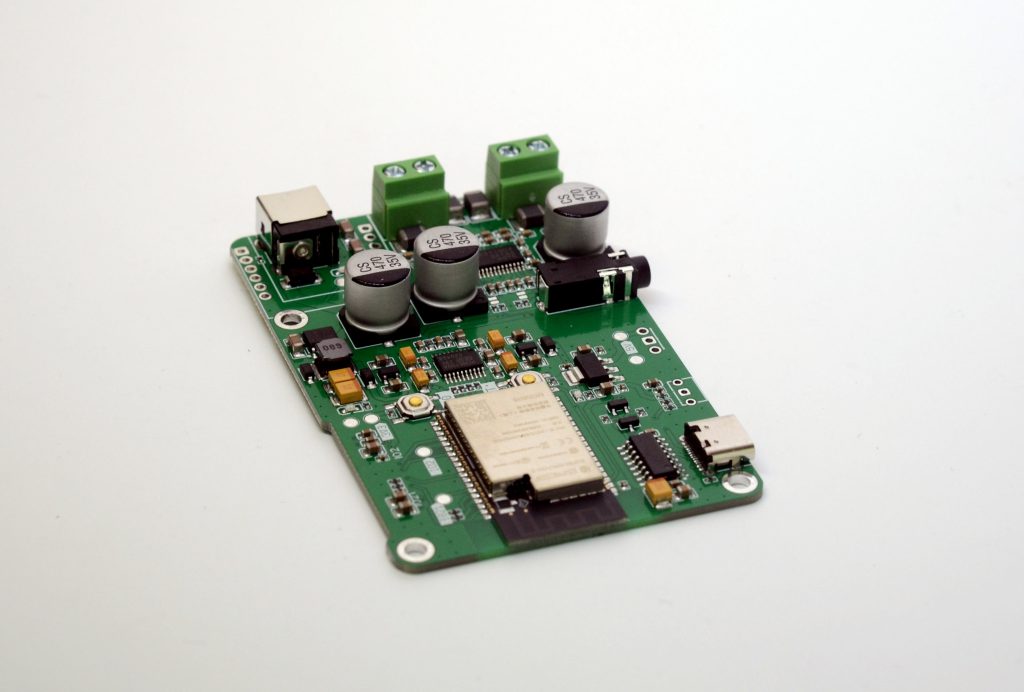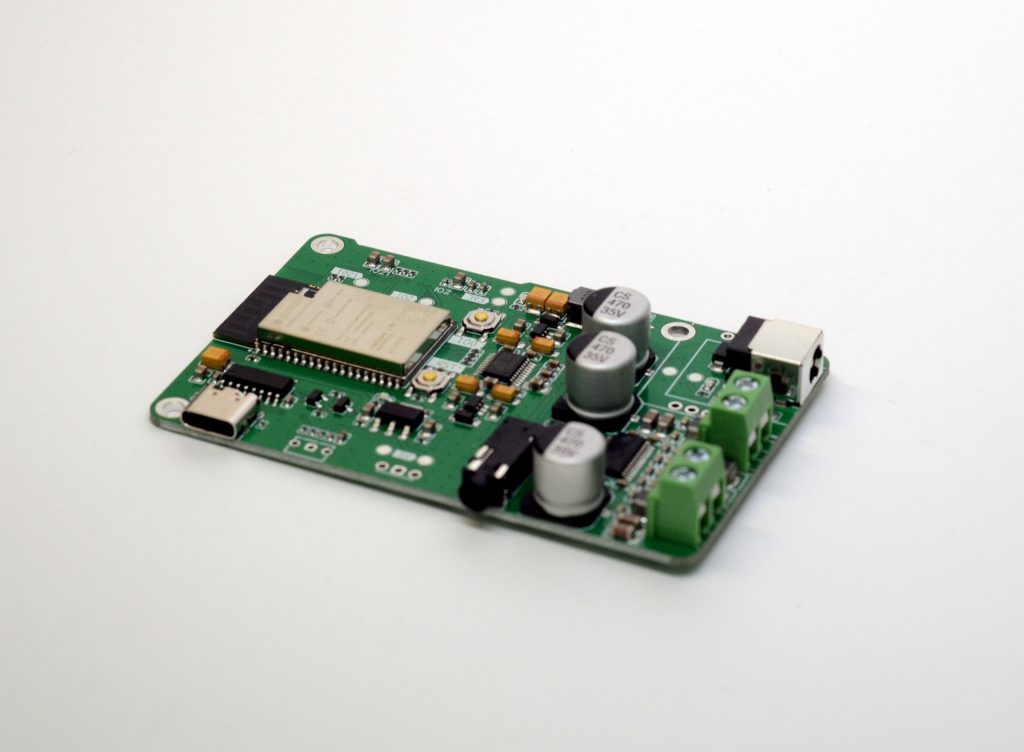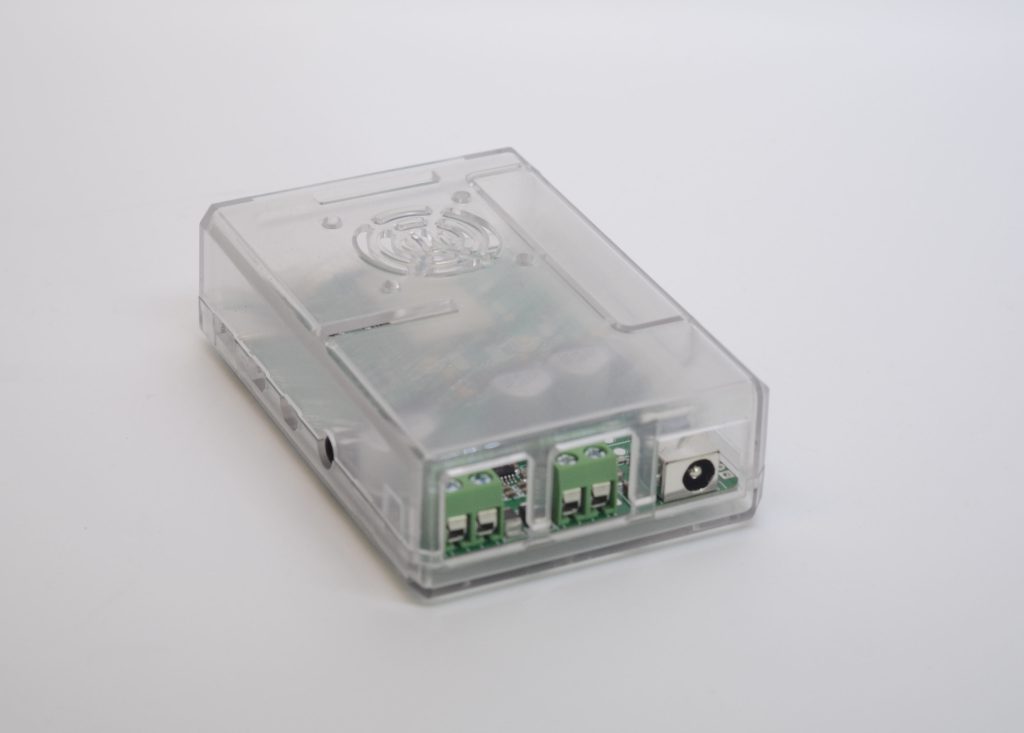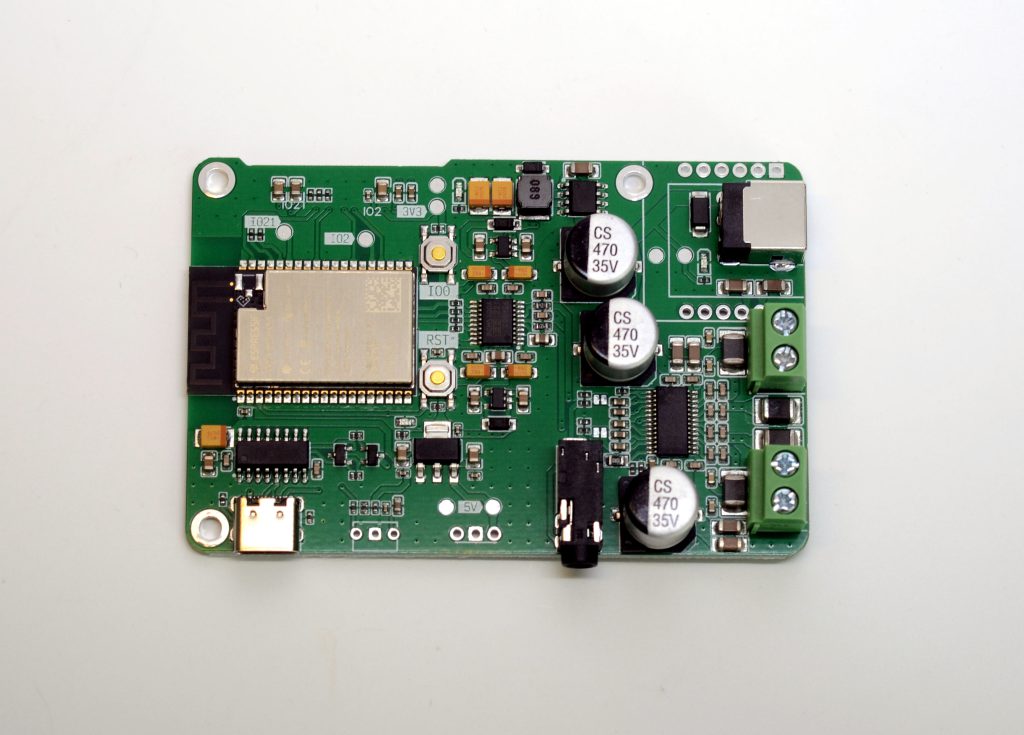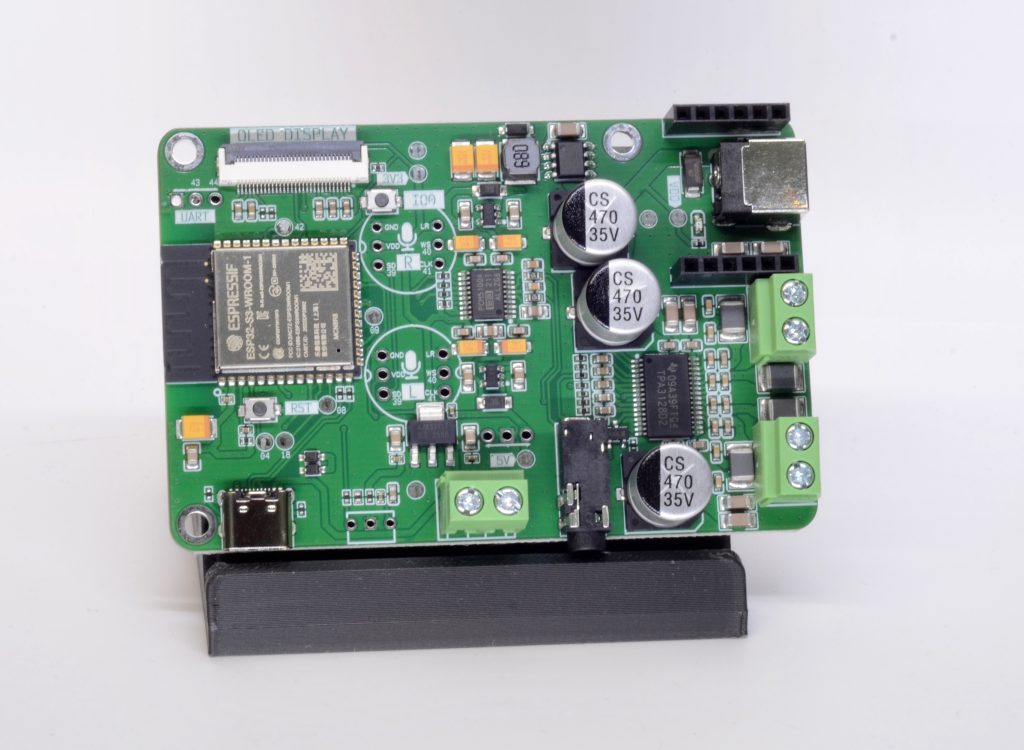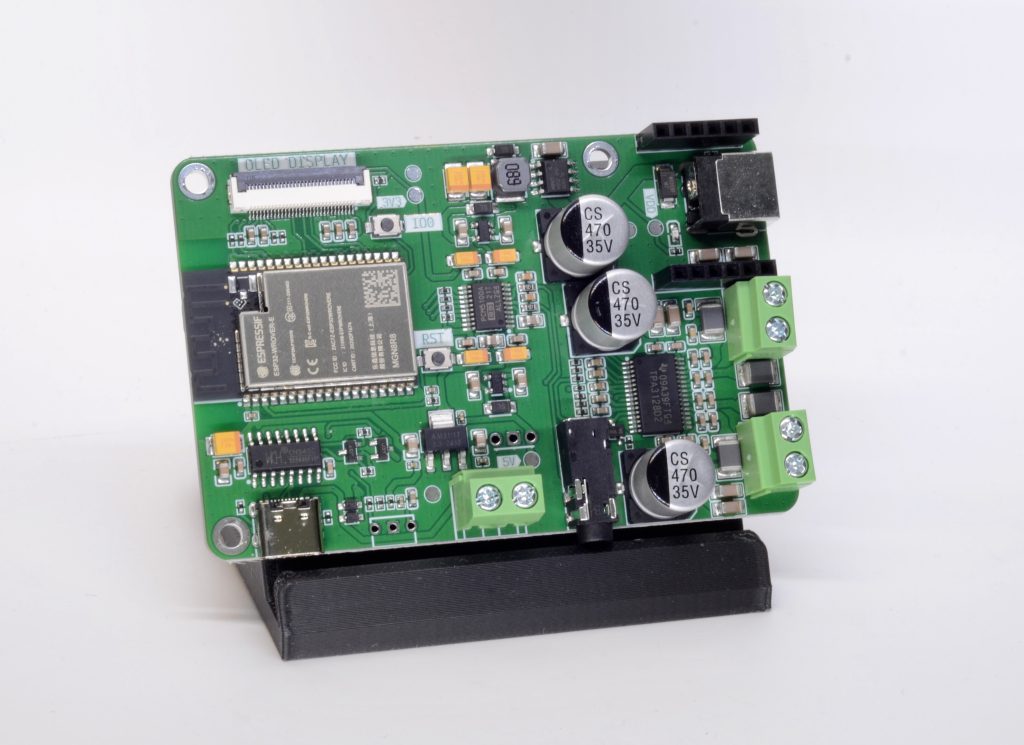
What is it?
Amped-ESP32 combines ubiquitous ESP32 with a PCM5100 HiFi DAC teamed up with a highly efficient TPA3110D2 D-class amplifier. It brings all the best from the HiFi-ESP32 model and adds an onboard amp to form a complete solution that can be paired with speakers directly.
It uses an external power source to feed hungry amps and the host MCU using an onboard drop-down converter. It has similar power capabilities to the Louder-ESP32 model, but it is much simpler to use since it only needs a valid I2S signal to operate, so a simple book example code will do it.
Motivation
Over the past few years, I have dedicated my time to developing various solutions using ESP devices. It all began with the ESP8266, which had limited CPU power, restricting it to basic tasks like simple sound alerts. However, with the arrival of the ESP32, everything changed. This new model brought two significantly more capable cores, simultaneously providing a powerhouse for handling communication and real-time decoding. Furthermore, the inclusion of 4MB of PSRAM proved to be crucial, enabling effective buffering for streamed content.
I developed a diverse selection of ESP32 docks that allow for rapid prototyping across the entire spectrum of ESP32 chips. These docks cater to various needs, ranging from small, compact devices resembling toys to large, full-sized speakers. The Amped ESP is a high-end Hi-Fi powerhouse, offering top-of-the-line performance and capabilities.
Features
MCU Core
- ESP32 Dual Core 32-bit LX6 microprocessor running at 240 MHz
- 8 MB of flash storage
- 8 MB of PSRAM
- CH340 Serial communication / Flashing chip
Audio capabilities
- PCM5100A 32-bit Stereo DAC (times 2 on X2 version)
- 100 dB typical noise level
- Double LP5907 3.3 V Ultra-Low-Noise LDO per side
- TPA3110D2 D-Class amp
- 2x 25W (8Ω, 1% THD+N) at 22V
- 2x 22W (4Ω, 1% THD+N) at 16V
- 1x 40W (4Ω, 1% THD+N) at 20V (bridge mode)
- TPA3128D2 D-Class amp (Rev H+)
- 2x 22W (8Ω, 1% THD+N) at 20V
- 2x 40W (4Ω, 1% THD+N) at 20V
- 1x 60W (3Ω, 1% THD+N) at 20V (bridge mode)
Peripherals
- 0.96″, 128 x 64 px OLED Screen (optional)
- External Wi-Fi Antenna (optional)
- WS2812B RGB LED (optional)
- W5500 Ethernet (optional)
- IR reader (optional)
Onboard PSRAM
Audio streaming requires proper buffering to work, even with ESP32 500K of RAM it is a challenging task. For that reason, all Amped-ESP32 board versions have 8 MB PSRAM chip onboard, connected via a high-speed interface.
Case
Amped-ESP32(S3) is mechanically compatible with Raspberry Pi 3/4 cases, tested with transparent ones.
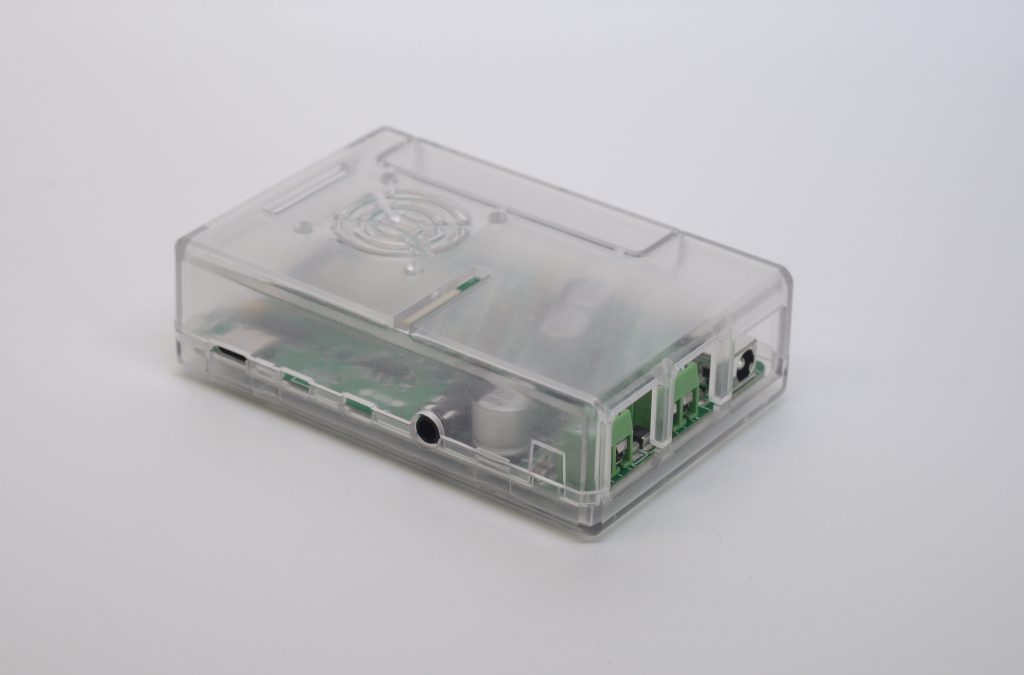
Optional SPI Ethernet module
Every board has a header that allows soldering in the W5500 SPI Ethernet module, which is very easy to find. The only downside is that with the module installed board will not fit the case unless it is cut to accommodate extra height.
Firmware samples
In the software section, two firmware examples are provided. But the editor’s favorite is the squeezelite-esp32 firmware that you can flash directly from your browser using web-installer
Documentation
Both software and hardware documentation can be found on the project’s Github. You can follow project progress at Hackaday
Where to buy
You may support my work by ordering this product at Tindie and Elecrow
- HiFi-ESP32 at Tindie and Elecrow
- Loud-ESP32 at Tindie and Elecrow
- Amped-ESP32 at Tindie
- Louder ESP32 at Tindie and Elecrow
